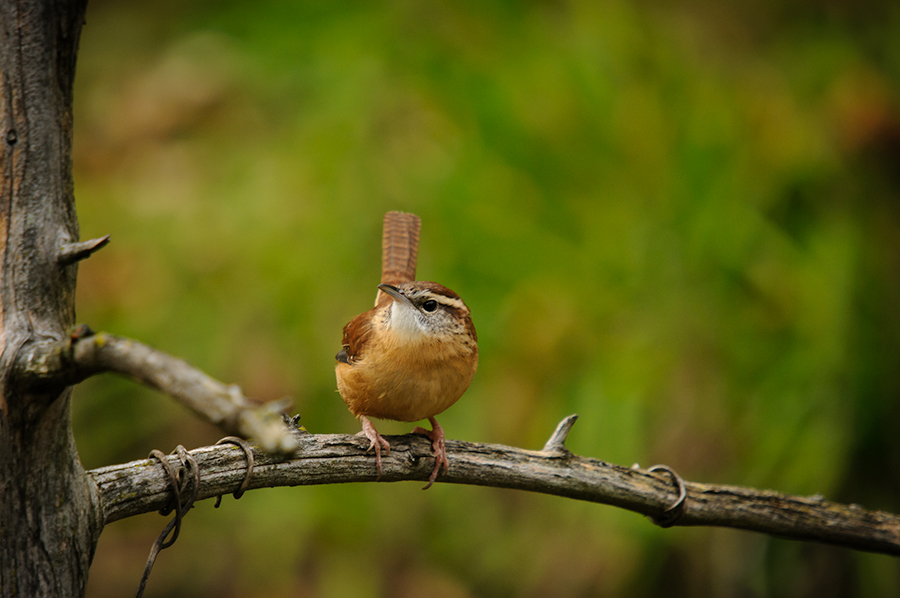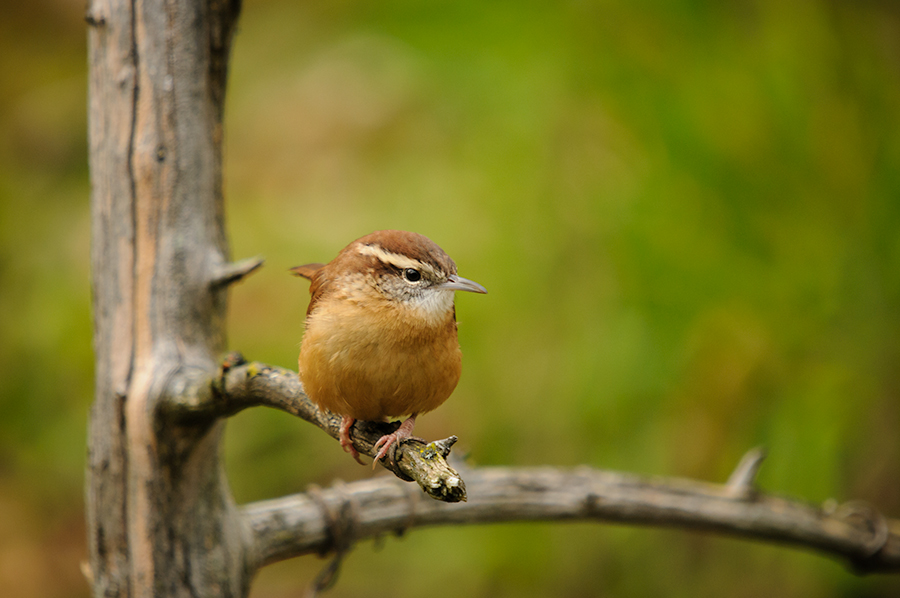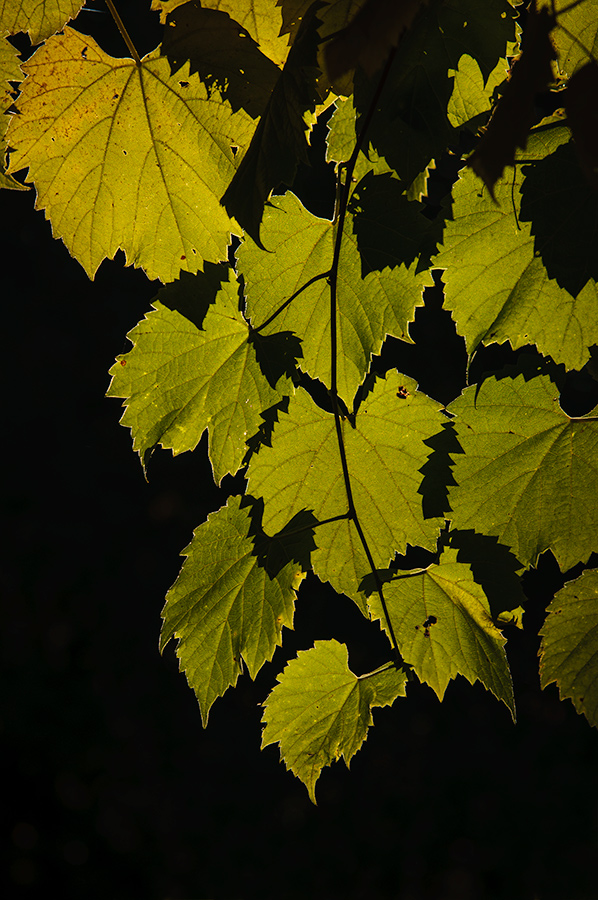
I like to interrupt my stories about Maine for the results of some actual photography. We are able to postpone all kind of events but we can't keep the progress of the season on hold. It was obviously that here in Eastern Iowa the fall colors are at their peak. We don't know if there will be any leaf left next weekend but I still hope so. If we "camera owners" wanted to catch the essence of the season we had to go out and shoot this weekend, no matter how bad the weather was. It was actually not too bad, a little too much gray in the sky, but the colors of autumn have definitely been there. Because there are too many trees that are bare already, the key for success was to extract the colors optically from the surrounding area and the background.
I went to the White Pine Hollow State Preserve, a nature area only a few miles west from our home, to give it a try. This is as good as a National Park. You have to walk in, there is no road going through, and I haven't met a single soul all afternoon there. If you walk down the path from the parking lot on the East side, you end up in a canyon that has been carved by a river. It is wild, there is a lot of dead wood, but if you open your eyes you may find the colors of fall in front of a good background.

While checking out a ravine that leads to the bottom of the canyon, I found this wonderful looking mushroom growing on a tree. I removed a few dead leaves for this shot and mounted the best lens for detail shots in my bag, the Carl Zeiss Distagon T*, 35mm / f2 ZF, to the Nikon D300s. It is a lens with manual focus but I love its color rendition and unbeatable sharpness.
It is easy to look just for the big color contrast in the fall between a real blue sky and the reds, oranges, and yellows of the leaves, but if there is no blue sky we need to work with the elements that are available. I hope you enjoy...
















